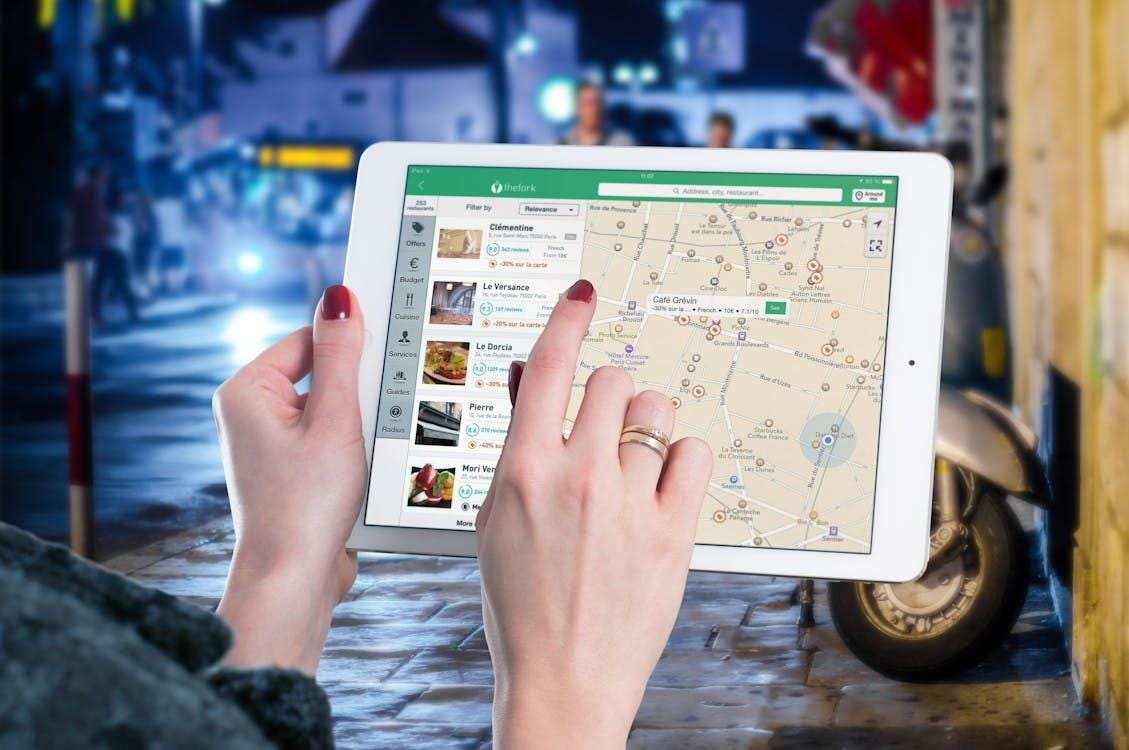The history of advertising and marketing is fascinating, and it certainly encompasses a lot more than the exploits of Don Draper in the TV series Mad Men. In Ancient Egypt commercial goods were advertised on papyrus posters stuck on walls in public places.
Then, in the Middle Ages town criers were paid to walk up and down streets bellowing sales pitches for traders. Technology though is what has had the biggest impact on the world of advertising, with new methods of communication like the radio, TV and internet revolutionising the way that businesses reach out to their customers.
The most beneficial advancement in advertising methodology has come about in the past decade with the rise of digital marketing and the advent of online, location and demographic based marketing. In years gone by, companies had to buy advertising campaigns with radio stations, TV channels or newspapers and hope that their messages reached their customer base.
In this article we take a closer look at how targeted marketing campaigns work, how they came about whilst also providing examples of some of the savvy industries using this modern marketing strategy to their benefit.
The Advent of Location Based Marketing
If you want the long story about location based marketing, feel free to read up on the history of GPS from the 1950s all the way up to the present day. The shorter story is that GPS, a technology invented in the 1950s, was signed off for commercial use in the early 2000s.
That is what led to the advent of things like Google Maps and Sat Navs. IT wasn't until the release of the smart phone though when GPS first became a tool for marketers. With portable GPS beacons sitting in everyone's back pockets 24/7, Google and other location services providers realised they were sitting on a proverbial gold mine.
They knew were the majority of people were the majority of the time. Initially this allowed them to accurately report the level of traffic and congestion on the roads in real time. It also allowed them to inform people of the busiest times at stores. Those things weren't the real money makers though, the real money came in selling all of this data to marketing companies.
For the first time in history, advertising companies could find out where the majority of their customers lived, how they behaved, where they shopped and also combine this with their demographic data too. In a word, it was game changing.
How Does Location Based Marketing Work?
Advertising companies buy GPS and demographic data from companies like Google. This allows them to pinpoint their key demographic --- the people most likely to buy their products. Then they either set up their own bespoke marketing campaign, purpose built to have the maximum reach with people within that demographic.
Some companies turn to specialized platforms like Sortlist to connect with the best-suited marketing agencies for their needs.
Or, they pay another company to do that. Facebook for example, allows small businesses and multi-national advertising companies alike to build marketing campaigns that are exclusively targeted at those within a specified demographics.
This can be as detailed and specific as '24-year-old men in Bancroft who have an interest in fishing and follow Tim Hortons on Facebook.' Even more targeted campaigns are used by large advertising companies as they have the time and resources to dig way further down into the details.
Industries Using Location Based Advertising
Every. Single. One. That's no exaggeration at all, it's just a reflection of the modern marketing environment that we find ourselves in. Here are a few examples of surprising industries that you wouldn't usually associate with such an advanced advertising campaign:
Gambling: Companies like casino.ca can specifically seek out males between 21 and 35 in the New Brunswick area who might be looking to play at the best online casinos as a form of entertainment, this is particularly important in Canada where the regulations differ from province to province, in terms of targeted advertising, it's never been better than that!
Sports: Traditionally we think of sports teams and leagues as things that are advertised on, not as entities that advertise themselves. In truth both use location based marketing to reach broader audiences of fans and grow their reach.
Health & Wellness: The health and wellness industry has seen its revenues soar in recent years and a large part of that is due to its incorporation of modern modes of communication. Also due to its savvy use of location based marketing.
Politics: Yes politics is an industry and yes, it is using location based marketing to not only gain financial backing from likely supporters but also to win elections!
In Summary
Location based marketing allowed advertising companies to be more targeted and detailed in their campaigns. Greater detail and more targeting capability are what the world of advertising craves, so it's no wonder that every industry on the planet is now availing of location based marketing and reaping the financial rewards that it brings.






